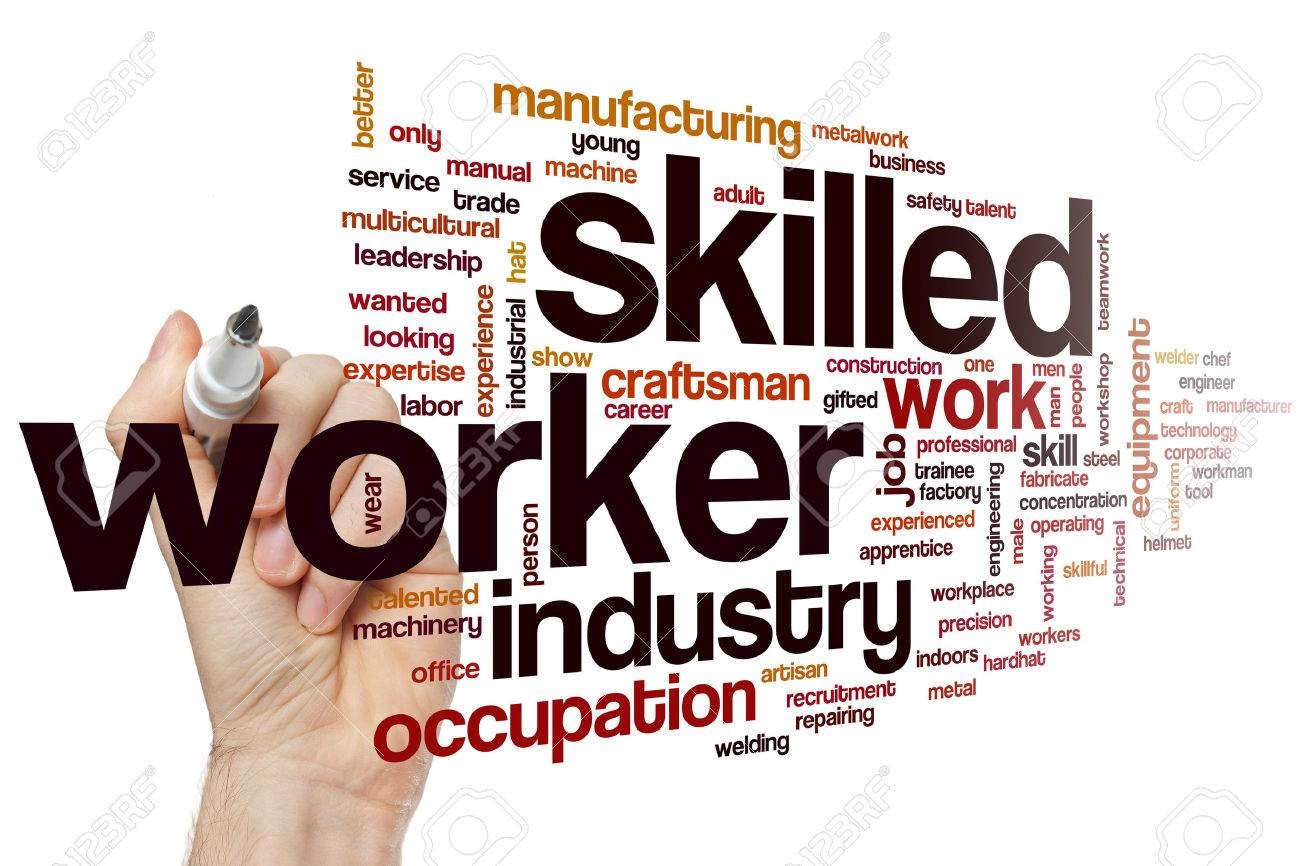Newport News Shipbuilding (retired), Association for Manufacturing Excellence (AME) Management Team

At the end of October, there were 7.1 million job openings according to U.S. Bureau of Labor statistics. Employers are grappling with a problem that threatens to stall economic growth: vacancies — and lots of them.
In a recent study by Deloitte, “Future of manufacturing: The jobs are here, but where are the people?”, the following was written: For more than two centuries, the manufacturing industry has adopted new technologies and provided new jobs for workers. Today, the industry is experiencing exciting and exponential change, as technologies such as artificial intelligence (AI), robotics, and Internet of Things (IoT) are rapidly changing the workplace. While some predicted that these new technologies would eliminate jobs, we have found the reverse—more jobs are being created.
Not only is the competition for talent stronger than ever before, but employers are now facing a new set of challenges. These include addressing the skills shortage, transitioning into a millennial-dominated workforce and keeping up with evolving industry technology and trends.
The Challenge
The U.S. faces a projected shortage of workers for jobs that require occupational skills in science, technology, engineering, and math (STEM) subjects. While some of these jobs require a college education, most are "middle skill" jobs requiring a high school diploma, a foundation of math and science along with some additional training offered by an apprenticeship/certification program.
Over the last three decades, vocational education courses, in-house training and apprenticeship programs have steadily declined across the nation. Many of these programs were cut for budgetary reasons and the lack of interest due to the strong focus on earning a college degree. According to data from the Federal Reserve Bank of New York, underemployment for recent college graduates was 41.5 percent in September, 2018.
A Career Technical Education (CTE) - once called a vocational education - is enjoying a resurgence of interest and support. It provides students of all ages with the academic and technical skills, knowledge and training necessary to succeed in future careers, college, and as lifelong learners.
CTE prepares learners for the world of work by introducing them to workplace competencies and makes academic content accessible to students by providing it in a hands-on context. In fact, the high school graduation rate for CTE concentrators is 90 percent with employable skills. This figure is higher than the national graduation rate for a general education.
CTE program engages students by making education relevant and rigorous. It brings together strong academics, career-based classroom learning, real-world workplace experience and personalized student support to graduate as a career or college-ready citizens.
The Future
Parents, teachers, and most importantly students, should have a greater understanding of what they need to learn and master while in school to be career and college ready. No matter what the students’ postsecondary and career aspirations are, they will benefit from a program of study that promotes academic proficiency, mastery of technical knowledge and skill and opportunities to connect and apply them in the real world.
To address these challenges the Association for Manufacturing Excellence (AME) is holding a summit May 9-10, 2019, in San Antonio for business, educators and community leaders to learn how to graduate career-ready citizens while retooling the current work force for success in the 4th Industrial Revolution for more information go to http://www.ame.org/event/san-antonio-2019-summit.


